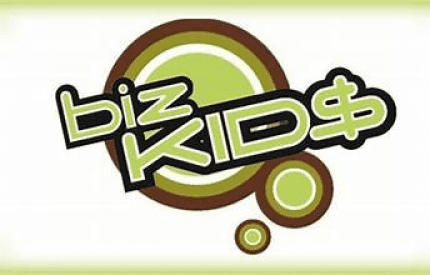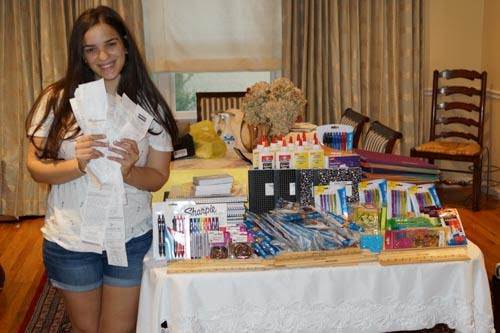A credit score, also called a FICO score, is a rating of your previous responsibility with credit. When you apply for your first credit card or the usual Bank of America auto loan, a credit report is started in your name. This credit report will track every time you make a payment late, overdraw an account, or apply for new credit. The more mistakes you make with your credit, the lower your score and the more difficult it will be for you to get a loan in the future. So be responsible with your credit, Biz Kid! Your future will thank you for it.
For more information on how credit scores work, check out the HowStuffWorks page on credit scores.










































